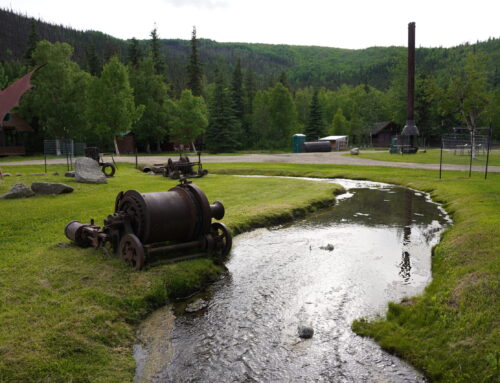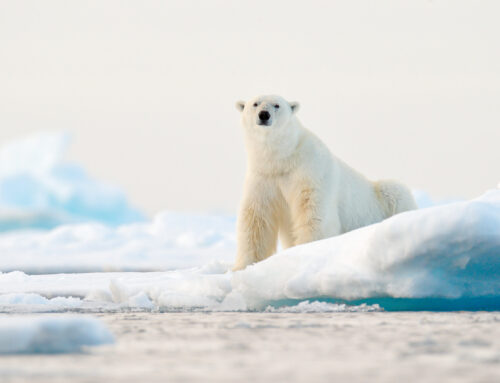Alaska is referred to by many names and titles. Originally translated from the Aleut word “aleyska,” meaning “great land.” Others have referred to it as a land of abundance, “The Last Frontier”, or the “North to the Future”. This bountiful and majestic land has histories of unsettled wild, famous trading routes and mapping, and echoes of the iconic Gold Rush. The experiences and life that cycle in Alaska offers a mirror to the surrounding natural world. And this time, the most recent “boom” that has arrived in Alaska is one that belongs to the birds. And those keeping an eye on them.
Responding to Conservation
Each year thousands of migratory birds travel to Alaska to enjoy the abundance of food and breeding grounds. And just as many visitors follow them to observe their mating and calling rituals. Alaska offers a space for many birdwatchers to catch rare species in their natural habitats.
In the past there have been various disturbances to migrating birds and response actions to restoring them to healthy and sustainable numbers through conservation, preservation, and clean-up action. And now, through many avenues of restoration and responsibility, we can see the impact this has made to the relation of bird watchers and the migrating birds themselves.
The Economics of Birdwatching
It has more recently been noted by researchers that an often overlooked support has been offered by the birds. In 2016, birds created 4,300 jobs in Alaska and brought in $378 million in revenue!
These numbers continue to increase and offer a sustainable support to the economy. And, this new boost has offered more incentive to progress forward with bird conservation.

The Sustainability of Birds
Some have speculated that this support to the economy could offer avenues to further eco-based tourism. The University of Alaska Fairbanks has done extensive research and continues to do so on how birdwatching money flows through the economy.
This is an industry that many are hopeful for due to it’s ability to offer sustainability while honoring the intact land and water ecosystems. This is a vision that offers further protection to irreplaceable ecosystems and offers the tourism industry more jobs that partner with eco-consciousness in mind.






